Table of Content
(503 views)
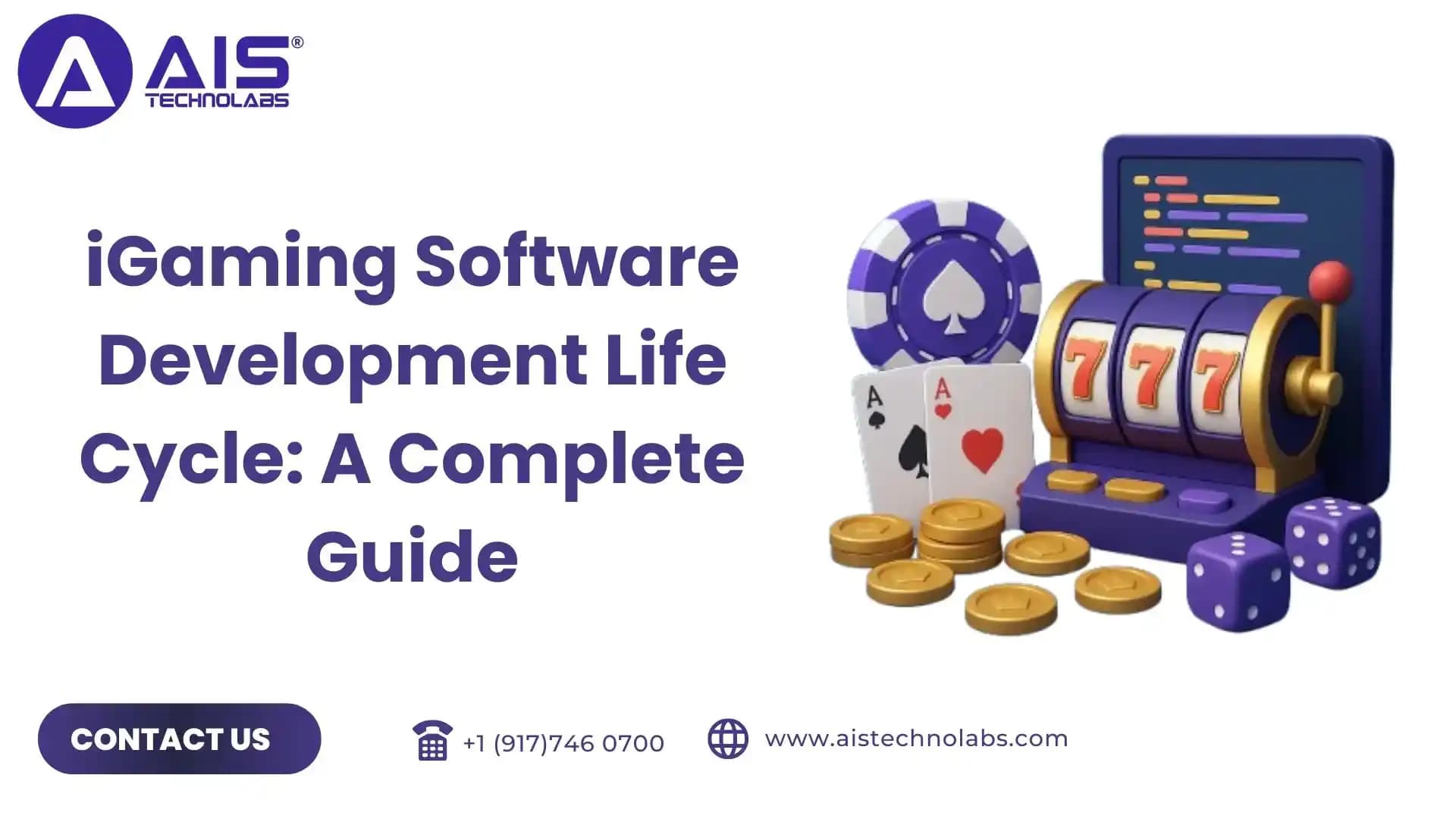
Introduction
The iGaming industry is expanding at a mad rate with the international online gaming sector to grow at a compound annual growth rate (CAGR) of 11.5% from 2021 to 2028 to reach $66.7 billion in 2020. With an expanding industry comes an increasing demand for high-performance, scalable, and secure software. An accurately defined development strategy, known as the Software Development Life Cycle (SDLC), is required for support of iGaming sites to ensure compliance with regulations, provide maximum user experience, and grow to targeted size.
This manual addresses every stage of the iGaming SDLC, from design and planning to development, testing, and post-launch support. On the basis of a well-thought-out SDLC, developers are able to deliver platforms that thrive in the thriving iGaming industry, offering a safe and enjoyable experience to customers along with controlling costs and meeting timelines.
What is the iGaming Software Development Life Cycle (SDLC)?
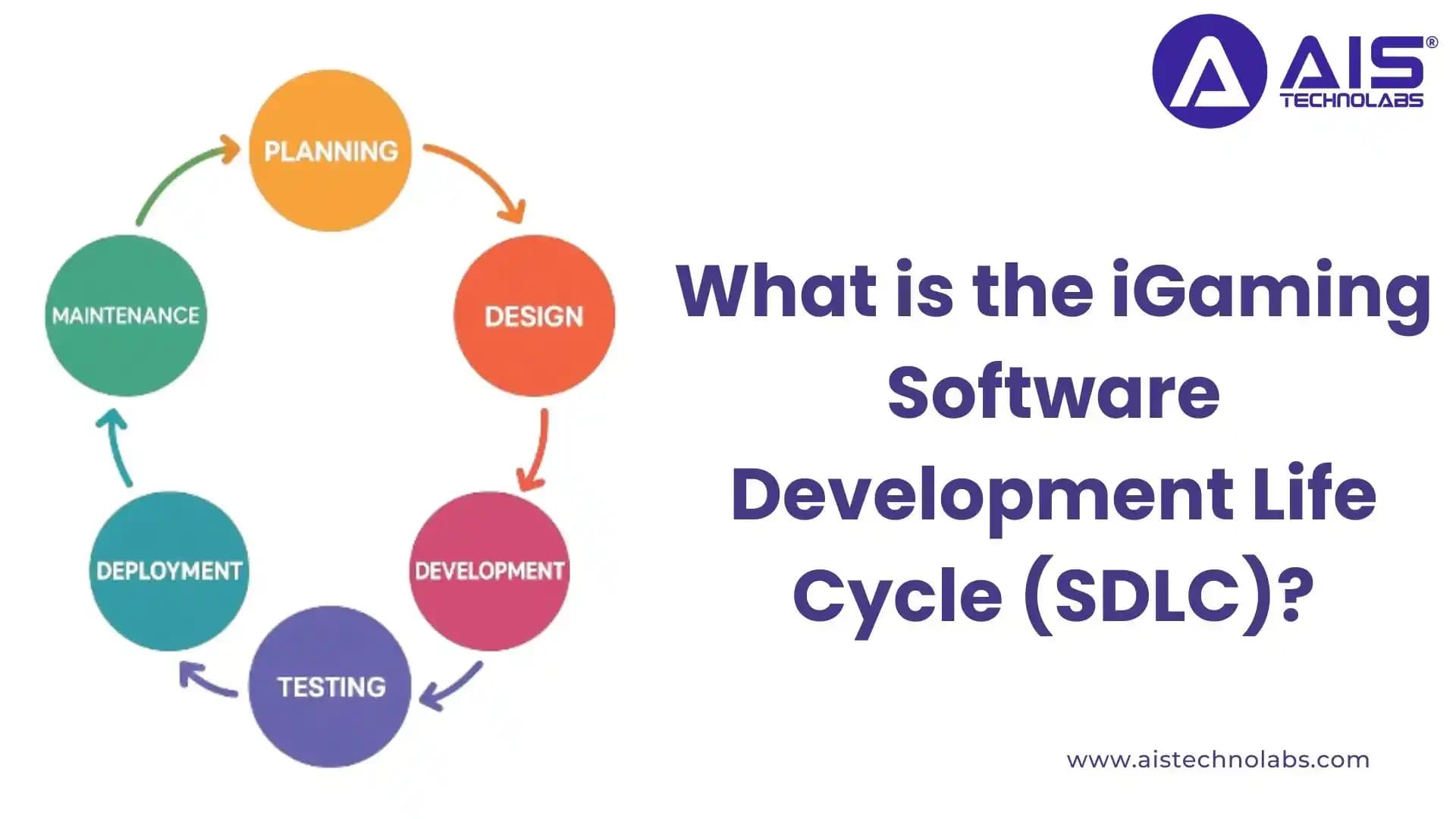
The Software Development Life Cycle (SDLC) is an orderly process of planning, development, testing, and implementation of software programs. For iGaming websites, the cycle serves to ensure that each stage of development is accurately controlled, minimizing risk, maintaining costs, and delivering a quality product.
In iGaming, SDLC is of highest priority since the sites have to be compliant with strict regulations, accommodate complex game processes, ensure secure financial processes, and have high uptime. An effective SDLC assures the platform to be:
- Efficient: The software is developed without unwarranted delay or wastage of resources.
- On Time: There is timely delivery of the platform, particularly in a rapidly changing industry.
- Within Budget: Successful management of the development cost to prevent overruns.
- Compliant: The platform is legally and regulator compliant.
- Scalable: The platform is able to manage increasing user traffic, game mix, and money transactions.
Choosing the correct iGaming software solutions provider is critical to be able to successfully implement the SDLC, and provide the end product as per industry standards, regulatory needs, and user needs.
Phase 1: Planning and Requirement Gathering
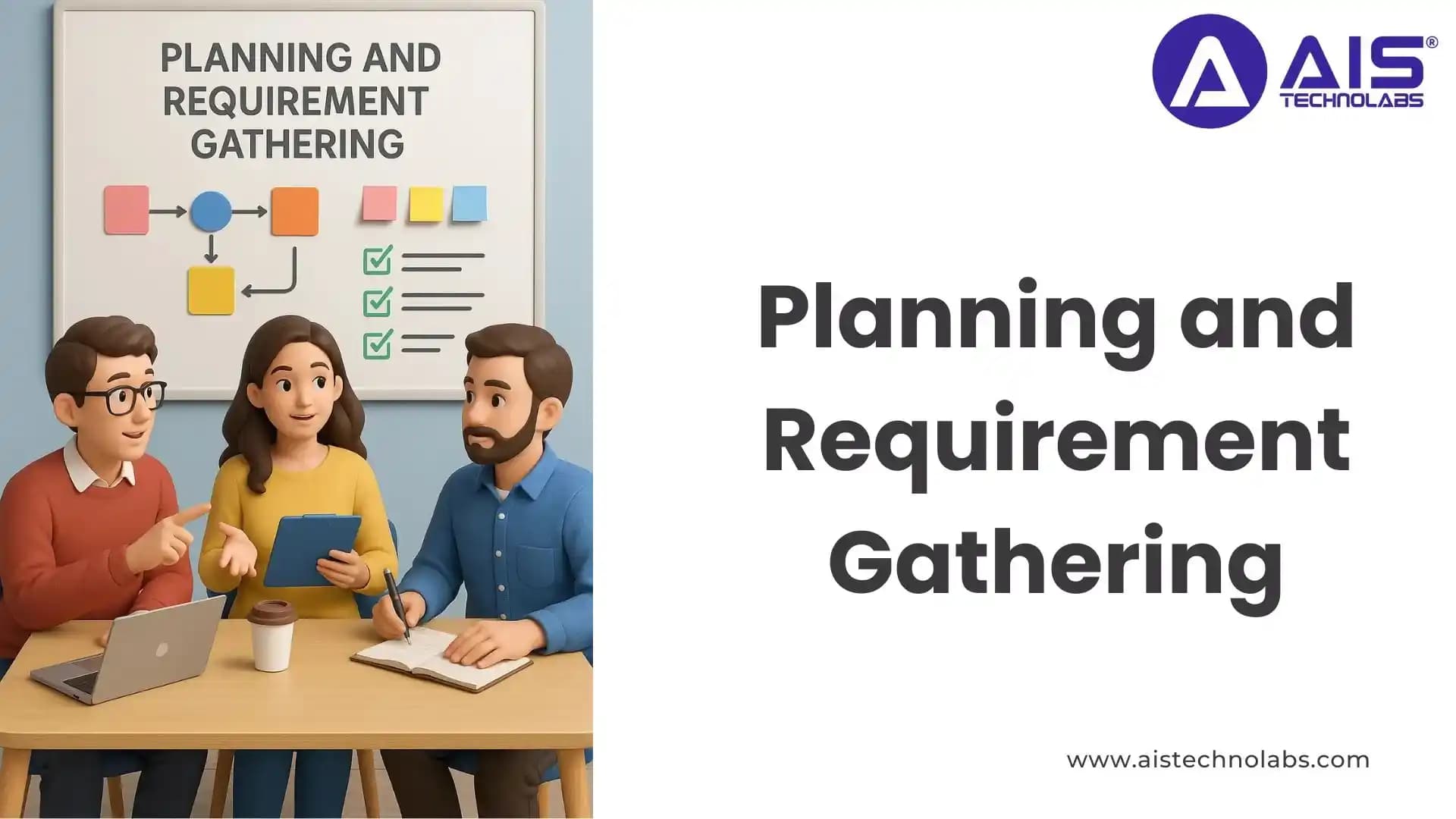
Planning is the foundation of iGaming SDLC. It encompasses setting up the project scope, business needs, and collecting detailed requirements from everyone involved. A well-developed plan helps ensure that the development phase aligns with the platform and player demands.
Identifying Goals
Prior to any development, the business aims of the platform must be determined. These will drive all parts of the development process. For example:
- A sportsbook platform may have an emphasis on real-time data feeds, odds and bet management, and in-play betting functionality.
- An internet casino may have an emphasis on a wide range of games, safe financial transactions, and interactive player interfaces.
Knowledge of the target audience and market requirements is no less vital. Whether the target audience consists of recreational players or high-rollers will influence game titles, bonus policies, and payment options.
Requirement Gathering
The next step is gathering both functional and non-functional requirements. This involves:
- Functional requirements: What functionalities and features does the platform require? This may involve certain game types (table games, slots, live dealers), user account management, rewards systems, and bonuses.
- Non-functional requirements: These are security (data encryption, secure payment gateway), scalability (capacity for high traffic), and performance measures (site speed, server availability).
At this phase, developers are in close collaboration with game developers, operators, and regulators to make sure the features of the platform meet the anticipations.
Risk Assessment
Early detection of risks prevents delays and reduces unexpected problems. Major risks involved in iGaming development are:
- Regulatory issues: Various nations have differing gambling legislations, and compliance has to be assured.
- Market competition: The iGaming market is competitive, and innovating forward requires good market trend and innovation abilities.
- Technological issues: Ensuring the platform would be scalable and third-party service providers like game providers, payment gateways, and live dealer will be integrated.
Phase 2: Design and Prototyping
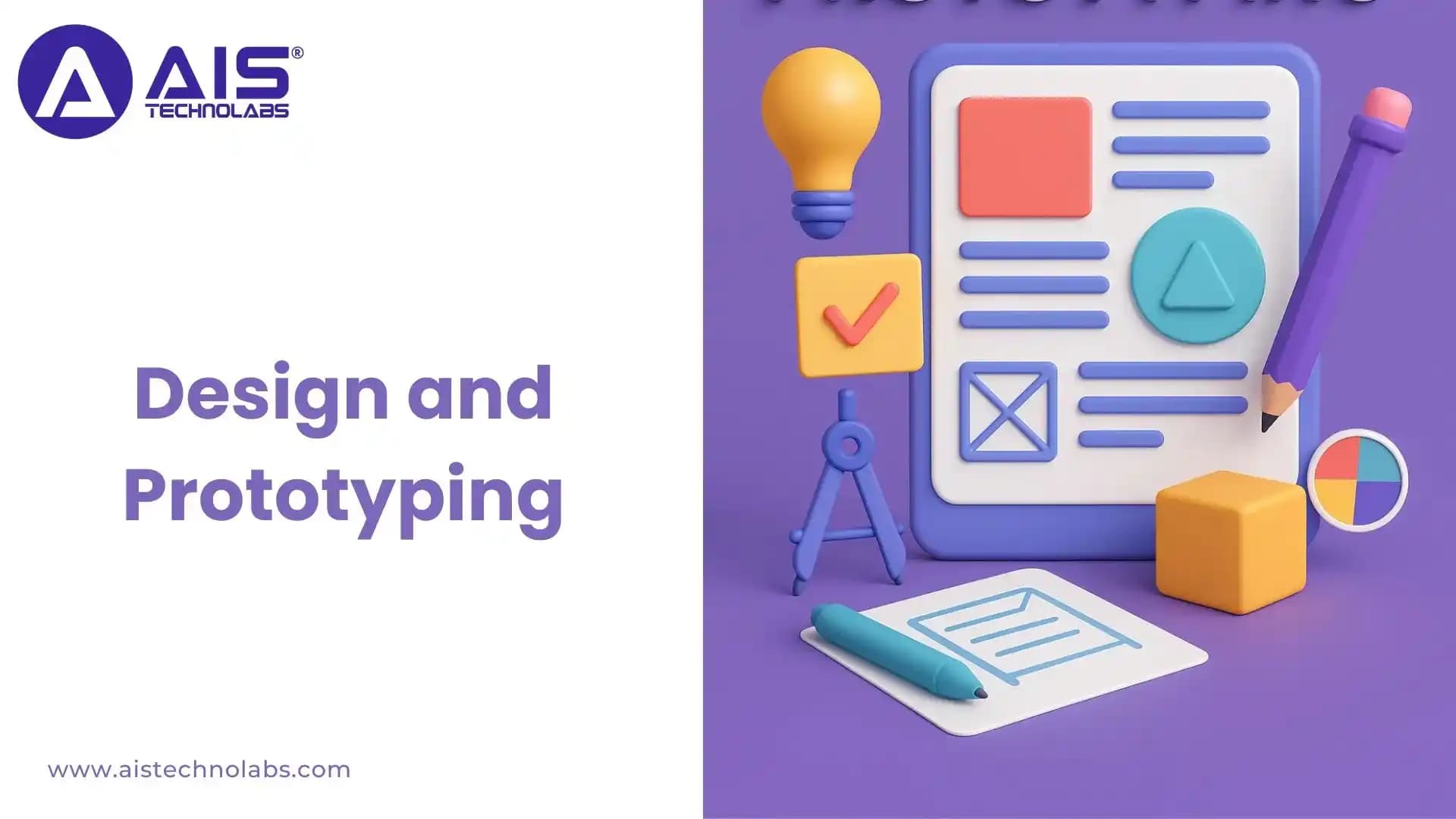
The Design phase is the period when the thoughts are converted into real plans. The form, purpose, and general ambiance of the platform are established, setting the stage for an accessible experience.
UI/UX Design
User interface (UI) and user experience (UX) design are essential to the success of an iGaming platform. A successful UI/UX design will:
- Be intuitive and easy to use.
- Make sure that players can easily locate their preferred games and access account and payment details quickly.
- Streamline the design for mobile devices, considering mobile gaming is increasingly on the rise.
For instance, a casino site may have such features as customizable home pages, game search options, and live chat features. A seamless UI will keep players interested and returning for more.
Game Design
The success of any iGaming site is dependent on its game library. Games need to be interesting, equal, and enjoyable. Design should center on such factors as:
- Game mechanics: The rules, incentives, and returns need to be easy to understand and balanced.
- Visual and sound design: Good graphics and interesting soundtracks enhance the experience of games.
- User interface for games: Each game must have a standard interface corresponding to the total platform design.
Prototyping
Prototypes are designed before final development starts in order to conceptualize the structure of the platform. Prototyping allows testing of the interface, feedback from stakeholders, and adjusting accordingly.
Interactive prototypes also enable testing ideas and relating them to business objectives. For example, before coding, stakeholders can test going through games, account management flows, or payment processing interfaces to validate against requirements.
Phase 3: Development and Coding
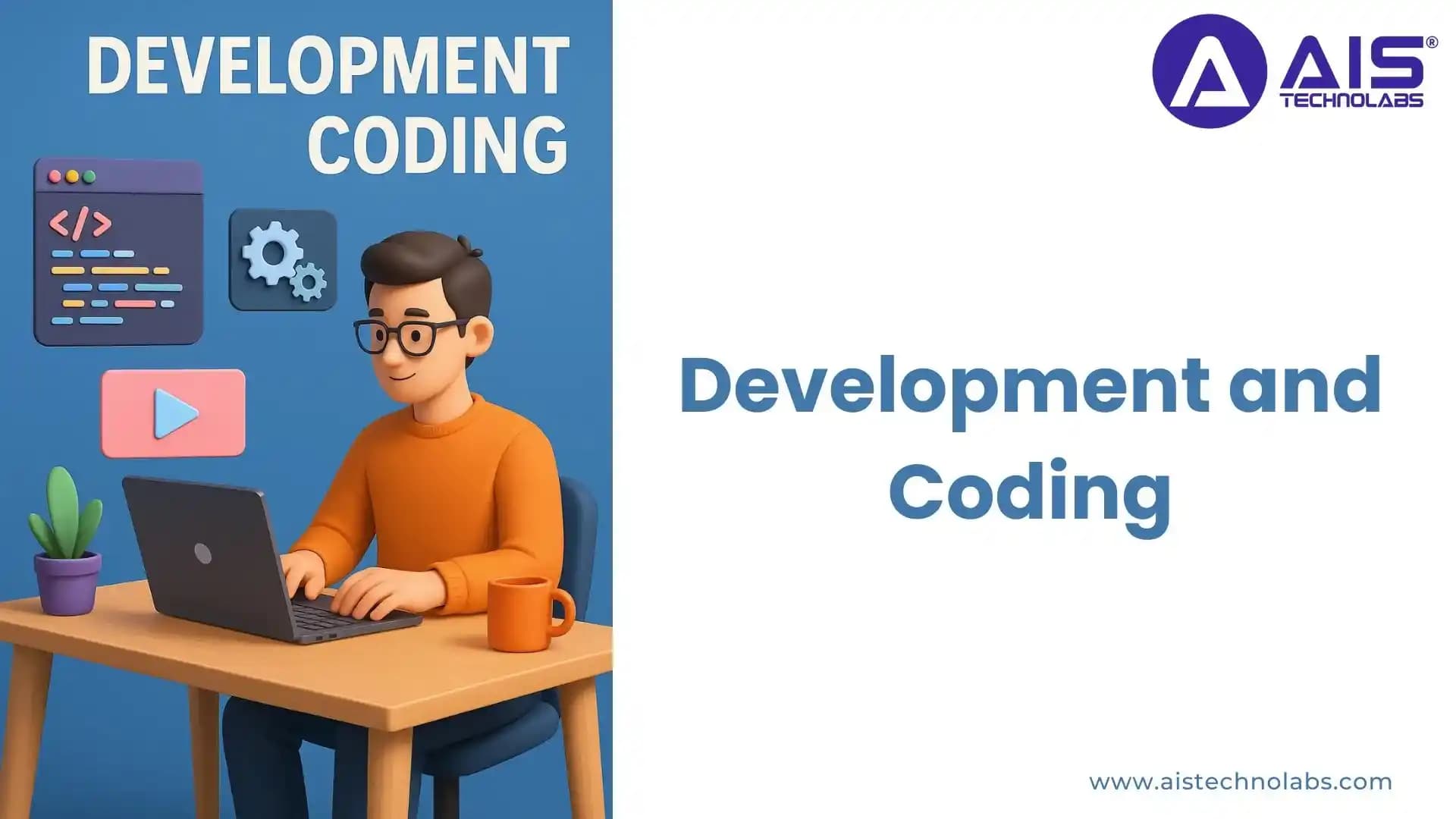
Having a good design under the belt, the development process starts. This is the most time-consuming and convoluted stage, where the actual implementation and coding occur.
Frontend Development
Frontend development centers around what users view and interact with. This involves:
- Game interfaces: The visual elements of the games, e.g., what table games and slots look like.
- Player dashboards: How accounts are handled by players, viewed balances, cashing out funds, etc.
- Interactive components: Sliders, buttons, and other click-based inputs that offer a seamless experience.
Frontend development turns the platform responsive, user-friendly, and breathtakingly beautiful on most devices, particularly mobile phones.
Backend Development
The backend of the platform handles everything the player does not directly interact with but that is essential for the platform's operation. This includes:
- Databases: Where player information, game records, and financial transactions are stored.
- Payment gateways: Facilitating safe financial transactions for deposits, withdrawals, and bonuses.
- Game servers: Providing smooth and efficient operation of the games 24/7.
Backend development has to be such that the platform is secure, fast, and scalable enough to accommodate growing user bases.
Integration with Game Providers
The majority of iGaming websites are dependent on third-party gaming providers to offer a large number of games. Smooth integration of the games onto the website is also an important part of the development process. The developers must ensure:
- Compatibility: that the third-party games are compatible with the infrastructure of the platform.
- Smooth gameplay: No lag or interruption in gameplay should be felt when changing between third-party games and platform games.
- Compliance with regulations: that the third-party games are compliant with regional and global gaming regulations.
Custom vs White-label Solutions
iGaming platforms may either be developed from scratch (custom-built) or based on white-label solutions. A custom one provides maximum flexibility but takes more time, resources, and effort. A white-label one is a pre-developed product that can be tailored to a certain degree, with faster deployment at the cost of flexibility.
Phase 4: Quality Assurance and Testing
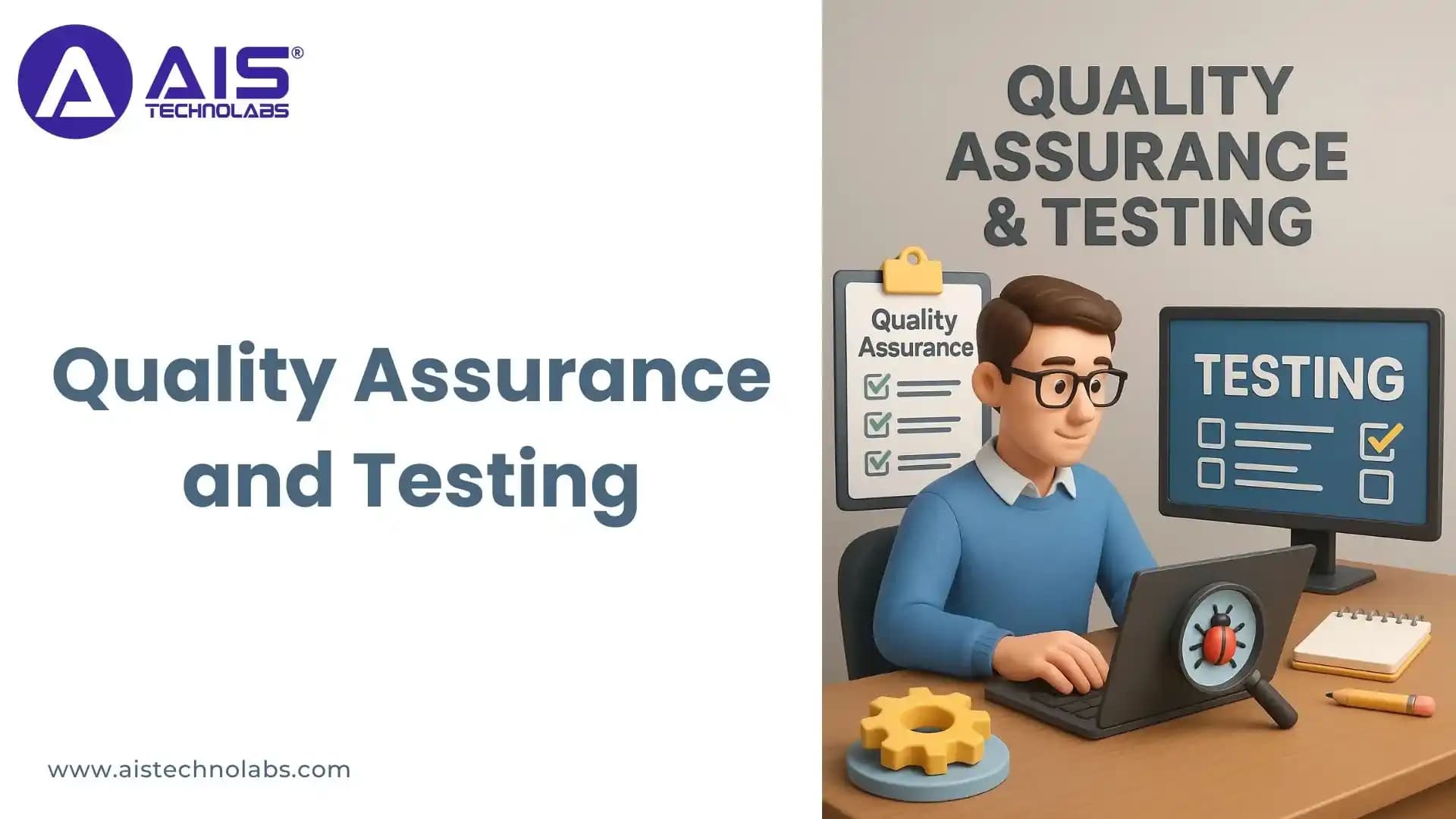
No matter how well an iGaming platform is built or architected, short of absolutely perfect, it will be a failure. It is at this point where the Quality Assurance (QA) step plays its role.
Game Testing
Each game must be tested quite thoroughly to make sure that it works right, is fair, and meets regulatory demands. Random Number Generator (RNG) testing helps to secure the fairness of games.
Security Testing
Due to the sensitive information (financial data, player data), security testing is a requirement. Vulnerabilities must be tested for, penetration testing must be done and encryption levels must be adequate.
Performance Testing
The performance of a platform has to be tested in various situations. Load testing to simulate high traffic during busy times (e.g., holidays or big events like sports tournaments) is one example.
Compliance Testing
Each iGaming platform will have to adhere to the local and international legislation in every jurisdiction in which it operates. Test compliance is meant to ensure that the platform meets licensing conditions, practices responsible gaming, and is compliant with data protection legislation.
Phase 5: Deployment and Launch
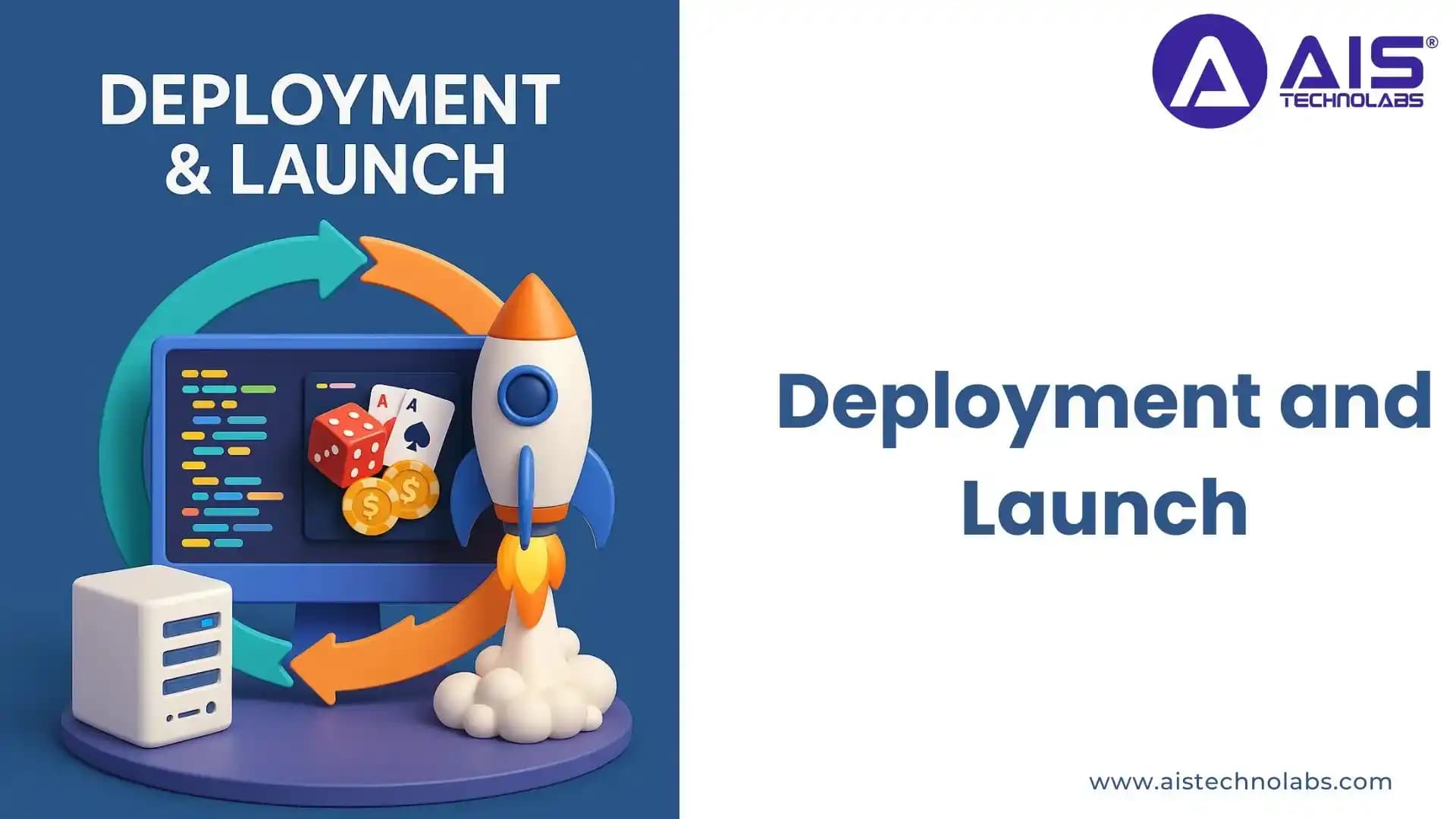
When the platform has gone through all test phases, it is deployment time. This entails transferring the platform to a live environment where the players can access it.
Server Setup and Configuration
Establishing the infrastructure of the server is a significant component of the deployment process. The platform must be capable of secure handling of large sets of data and scaling when user numbers rise. Scalability is often achieved with cloud-based infrastructure.
Launch Strategy
When opening up, operators have the option of a soft or full launch. A soft launch entails opening up the platform to a small number of users in order to obtain feedback and implement whatever changes are needed. A full launch opens the platform up to more users and demands more extensive marketing and operational backing.
Bug Fixing
Post-launch, it is natural to encounter issues that were not detected in the testing phase. There must be a good bug-fix cycle so as to ensure that issues are sorted out in time and maintain the platform in running states.
Phase 6: Post-Launch Support and Maintenance
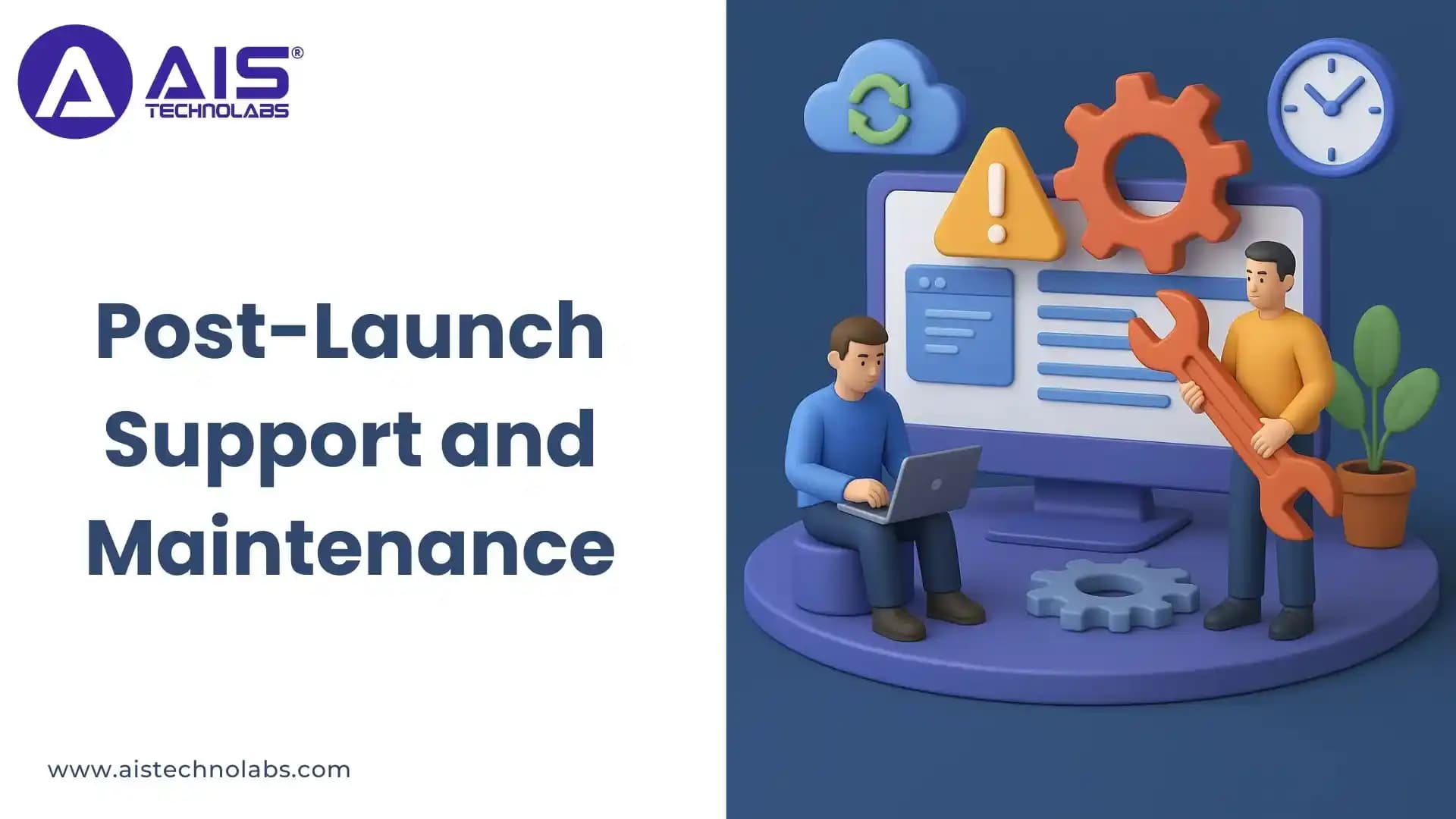
Post-launch support is as critical as the development process. A platform needs regular maintenance so that it remains up to the standards of the player and regulators.
Bug Fixes
There can still be bugs and problems even after launch. These must be solved quickly to keep the platform stable.
Updates and Upgrades
To keep players active, new features and updates should be released regularly. This could involve new games, feature optimization, or a better user interface.
Security Patches
With new security vulnerabilities being uncovered all the time, it is important that security patches are released to make the platform cyber-secure.
Player Support
Customer support should be available to handle player problems, whether in gameplay, account management, or technical issues.
The Importance of Regulatory Compliance in iGaming SDLC
Regulatory conformity is one of the most important considerations in iGaming software development. There are rules specific to each jurisdiction that need to be adhered to. These rules cover:
- Licensing: Operators of iGaming are required to be licensed within a geography before they can go live in that geography.
- Jurisdictional regulation: Responsible gaming, anti-money laundering (AML), and data protection law (e.g., GDPR).
- Information protection: Player information has to be processed securely and sites have to ensure that they comply with data protection law.
Challenges in iGaming Software Development
Some of these issues make software development for iGaming complicated:
- Regulatory problems: Dealing with the diverse legislation and rules of numerous areas can be troublesome.
- Integration complexities: Integrating various third-party services (payment gateways, game providers) technically may be challenging.
- Scaling: Scaling the platform and the growing number of users and games is a chronic issue.
- Security: Cyber attacks are dynamic, and platforms have to remain agile to maintain higher standards of security.
Future Trends in iGaming Software Development
As technology keeps evolving, the iGaming sector is destined to change as well. Trends for the future are:
- Blockchain: Securing transparency and safe transactions.
- AI and Machine Learning: Personalization, preventing fraud, and game creation.
- VR and AR: Immersive player experience.
- Mobile-first development: Developing for mobile platforms for a pervasive majority of the gamer population.
Conclusion: Mastering the iGaming Software Development Life Cycle
Well-planned and professionally executed SDLC is crucial to the success of any iGaming website. Through planning and design, development, testing, deployment, and maintenance, each phase is crucial to ensuring the site is satisfying player demand, regulation compliant, secure, and scalable. With management of the iGaming SDLC, developers and operators are able to build successful websites that excel within the profitable iGaming sector.
Working with a reliable iGaming solutions developer like AIS Technolabs will help in simplifying the SDLC process. With their team of professionals in creating secure iGaming solutions, AIS Technolabs ensures that your site is built to cater to all technical, compliance, and business requirements. Furthermore, acquiring information on the cost of iGaming software is important while effectively managing resources during the provision of a quality platform. With the selection of a reliable development partner, you are able to provide maximum return on investment while providing an effective, secure, and enjoyable gaming experience to users.
Disclaimer
This blog is intended for informational and educational purposes only. We do not promote or facilitate gambling activities in any country where it is considered illegal. Our content is focused solely on providing knowledge about legal and regulated markets. We only work with operators and platforms that are licensed and comply with the laws of jurisdictions where casino gaming is permitted. We do not operate or endorse any form of gambling in restricted regions. In countries where only skill-based games are allowed, our involvement is strictly limited to those games.
We believe gambling should be an entertaining and responsible activity. Our goal is to ensure that the platforms we review uphold the highest standards of fairness, transparency, and player safety.
FAQs
Ans.
iGaming Software Development Life Cycle (SDLC) is the scientific process of how to design iGaming platforms in a manner that they are developed appropriately, as per regulations, secure, and scalable. It involves stages such as planning, designing, developing, testing, deploying, and post-launch upkeep.
Ans.
SDLC simplifies development, removes risks, guarantees quality, preserves security, and guarantees compliance with most industry standards, so it is critical to the success of an iGaming site.
Ans.
The main phases include:
- Planning and Requirement Gathering
- Design and Prototyping
- Development and Coding
- Quality Assurance and Testing
- Deployment and Launch
- Post-Launch Support and Maintenance
Ans.
Licensing, regulation of responsible gaming, anti-money laundering, and compliance with data protection laws is necessary at every stage of the SDLC. Websites have to abide by domestic laws and global laws to work lawfully and maintain user data safety.
Ans.
Some of the most prevalent issues include overcoming regulatory obstacles, third-party assistance by payment providers and game designers, scalability when managing increasing numbers of users, and managing changing security threats.
Ans.
Maintenance following release includes bug fixing, adding new features and content, adding security fixes, and customer support troubleshooting player issues.
Ans.
The future directions involve blockchain integration to ensure transparency, integration of AI and machine learning for personalization and fraud detection, application of AR and VR to create immersive gaming experiences, and mobile-first thinking to address the rising mobile gaming trend.